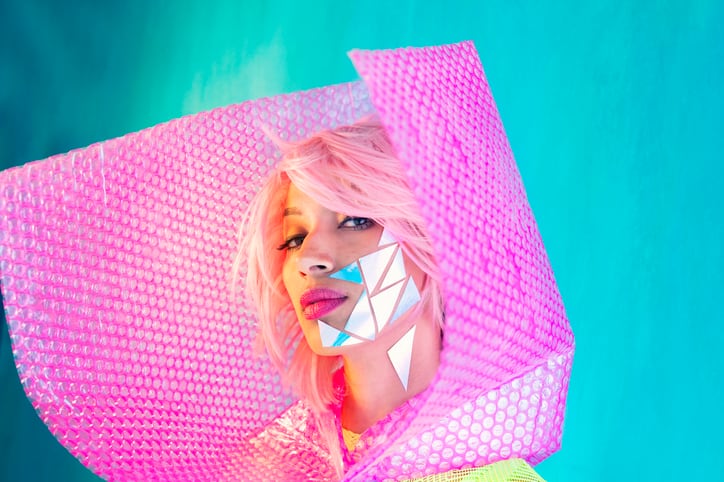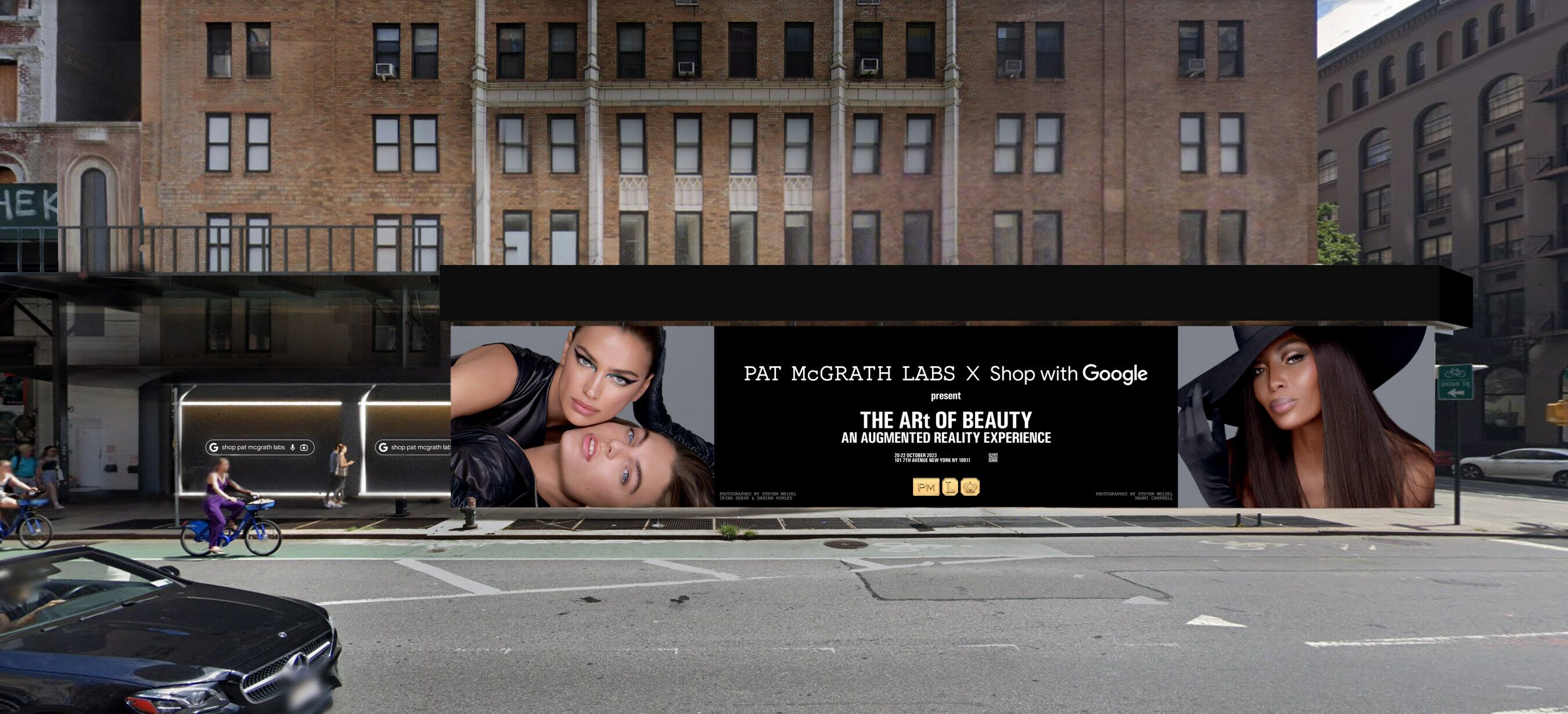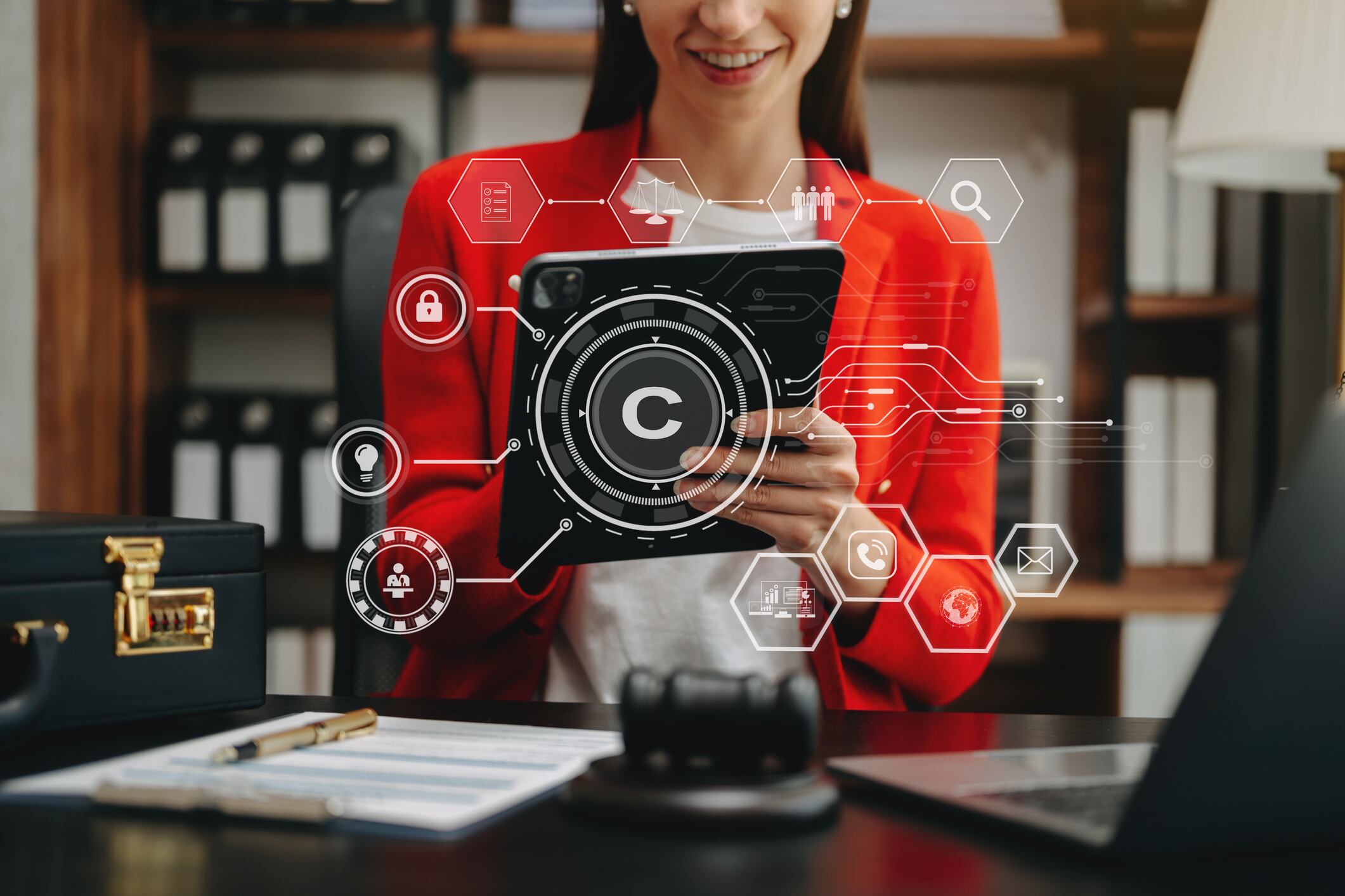Responsible use of AI took the spotlight last week at the AI Safety Summit, which took place in Buckinghamshire in the UK.
Speaking at the event, the UK monarch King Charles said while the tool was “no less important than the discovery of electricity”, it urgently needed to be addressed.
Meanwhile, tech businessman Elon Musk outright declared it “one of the biggest threats to humanity” because it could soon become “far smarter than the smartest human”.
In a bid to show a collaborative attitude towards addressing the potential risks of AI, 28 countries signed the “Bletchley declaration”, which stated: “Substantial risks may arise from potential intentional misuse or unintended issues of control relating to alignment with human intent. These issues are in part because those capabilities are not fully understood and are therefore hard to predict.”
However, when used to complement human expertise, there are still many opportunities for beauty and personal care brands to use generative tools like Chat GPT and Dall.E 3 for ideation, content perfection, or simply to add a slice of avant-garde fun and surrealism to campaigns.
AI for the ideation process
While you may have wonderfully silver-tongued copywriters, design wizards and marketing gurus in-house, use of AI can help them with their ideation process, to streamline production, and to analyse performance insights before and after the campaign.
“One of the first stages of any digital campaign, whether you are launching a new beauty product or hosting a live event, is ideation,” said Carly Watson, Managing Partner at Bareska, a London-based content solutions provider.
“AI can offer hundreds of ideas in just a few seconds, which may then spark further inspiration for your content production team. It can provide a starting point to help avoid a ‘blank page’ mentality where you may be struggling to come up with your very first idea.”
When using tools such as ChatGPT, you can input the requirements of your campaign and receive ideas and suggestions that will meet your brief. Generative AI can also help to visualise a concept for testing.
The pros of using a tool like this is that its free, you can receive immediate ideas and long-form text in seconds, therefore it can reduce costs and potentially improve ROI.
However, marketing experts should also bear in mind that it’s not always accurate, can be prone to technical errors, and if the training data is biased then the output can be flawed. This means that there is always a need for a marketing or content expert to ‘sense check’ what is being produced. Plus, there are data security risks to consider if you use the free version of ChatGPT.
Useful for accessibility
According to Watson, AI can also be useful to ensure your digital content is easily accessible to all users. For example, it can automatically produce captions, add transcripts or translate content.
“Once you have successfully used AI to produce something, whether that be a caption or a type of edit, it can generally replicate that task accurately over and over again which means you can save time on future content production,” she said
“Automating certain elements of your content production also ensures consistency across all your content, which can strengthen your brand identity and have more of an impact on consumers.”
However, she also pointed out that its important to take time to learn how to “train AI” to complete the commands you give it, otherwise, you will probably find yourself needing to re-do the tasks that have been automated.
“It is worth remembering that only certain parts of the content production process can be automated, and that others are better completed by humans,” she said.
Quality control and data insights
Another area that AI can prove useful for content production is quality control, providing it’s still being checked afterwards by a human.
Marketing experts can even use tools like GPTZero to detect whether AI has been used to create copy, with the purpose being that the use of AI should be undetectable by this tool .
Watson shared that this kind of ‘streamlining’ of digital content production offers brands more time for post-production elements to make sure the content is the best it can be. “Sometimes the smaller details can be missed when brands are rushing to get something over the line, whereas a more efficient process ensures there’s ample time,” she explained.
“It also affords you time to take a step back and make sure the content aligns to your brand, the key messaging is strong enough, and is reflective of your overall content strategy.”
Another detail that deserves a mention is the access to gigantic amounts of data via AI technology, which can be used to gather insights before the content creation process to help guide the direction your content needs to take.
While post-campaign, data insights such as watch time, click-through-rates and engagement can help you discover if a piece of content was engaging.
“But when utilising AI to analyse data, you should keep in mind that all AI platforms are open source, which means you need to be mindful of security, and sensitive data that you input,” she continued.
AI can also be used to suggest other content for your audience to read or watch, based on previous interests, or to identify relevant keywords that your target audience could be searching for, so you get your content in front of the right people.
However, much like analysing data, using AI for personalisation may have security risks as you could be inputting sensitive or personal data into an open-source AI platform. “You do need to take care when using AI, especially when it comes to consumer data,” advised Watson.
However, there are certainly still more potential benefits than drawbacks and these can include: increased conversion rates, brand loyalty, increased trust between you and your consumers, and better understanding of your target market.
Case study: Lottie London’s Halloween campaign
Last, but definitely not least, AI can inject a bit of fun and out-of-the-box thinking into your content.
Some beauty brands are already using AI, but it’s still not reaching its fullest potential, so Watson also suggested that brands could be using it to position themselves as a pioneer in the industry.
“You can take a simple, basic idea and use AI to generate original and fun concepts,” she said. “While AI won’t and can’t replace human insight, it can complement and elevate it.”
One brand that recently did this was Lottie London, which used generative AI, AR, VR and CGI for its Halloween campaign launch.
The innovative brand, which targets a Gen Z consumer group, worked with AI image platform Midjourney to create surreal images to tease the campaign ahead of launch.
Images were used on Instagram, TikTok and LinkedIn and the brand said it saw “a +710% increase in engagement and +180% increase in interactions with high social sentiment and increase in comparison to previous campaigns.”

It also used a CGI drone display to celebrate the launch of the collection, which the brand said was a way to “replicate drone advertising in a creative but cost-effective way to keep budgets low as an indie brand.”
Lottie London also shared the CGI drone display video across its social media platforms and said the video gained over 550K views on TikTok, Instagram and LinkedIn.
And finally, it also partnered with viral AR creator and digital makeup expert, Paige Piskin, to create a bespoke filter for the Lottie London Halloween collection, with those who shared their images being in with a chance to win the products. According to the brand, the bespoke filter gained over 550K views, over 15K likes and over 100 uses in TikTok content.
It’s not the first time Lottie London used cutting-edge technology in its marketing campaigns, as it was also a pioneer in the Metaverse space and took part in Global Metaverse Beauty Week across Roblox and Decentraland earlier this year.





